PrintWeek Breakfast Briefing: Building factories that are green
The closed-door confabulation on 14 October focussed on the real cost of green investments to the operational realities of audits, certifications, and circular manufacturing practices
15 Oct 2025 | By Sai Deepthi P
The PrintWeek Breakfast Briefing, held at The Westin Mumbai Powai Lake at 9:09 am, brought together print, packaging and sustainability leaders for a focused 99-minute exchange on one of the industry’s most pressing imperatives turning sustainability pledges into measurable, factory-floor progress and processes.
The session convened CEOs and leaders from companies shortlisted for the Green Company of the Year at the PrintWeek Awards 2025, along with winners from other categories.
Opening the session, Ramu Ramanathan, editor of PrintWeek, said, “There is a huge knowledge quotient in the room and there's a definite green journey. The green Awards in the last three years, there's an untold story of the Indian print and packaging industry. It is truly phenomenal what we are witnessing over the past five years. Today, we have companies from multiple verticals and different corners of the country who are looking at green from fresh new perspectives.”
Ayush Khetan of Khetan Corrucase spoke about how the group adopted green practices. “We were the first ones to install a solar rooftop. This plant in Hyderabad was started in 2017, from day one sustainability was important for us including shifting to LED bulbs instead. We don't use coal and agro-waste,” he said, adding that the company now aims to expand its solar capacity and move towards a fully green fleet.
From SAPCO, Vishwamdev Bhotica shared the company’s long-term solar transition. “We installed a solar rooftop a year ago and we weren't sure if this was a wise and prudent decision wise in terms of capex. We were studying solar projects for five years before we decided to take the plunge. Currently we use 35% of electricity consumption from solar, we want to take it further,” he said. He also reflected on the company’s resilience between 2020 and 2022, describing it as “a struggle but we have come through.” Today SAPCO is in expansion mode.
Manu Chaudhary of CDC Printers said sustainability was “no longer a buzzword but a survival tool.” He added, “It should be a crime to not use FSC-certified paper. Sustainability is a mindset and we should go about making it easier to sustain, it should be the only option.” He noted that emissions from CDC’s factory are now “25–35% lower per kg” due to productivity-focused systems.
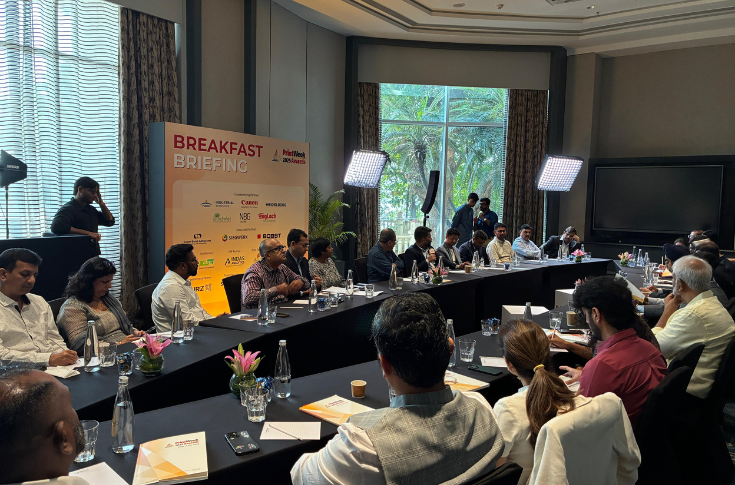
Representing Letra Graphix, Sahil Shah and Nirav Shah shared how their team reduced “38% of plastic in the entire process” over two years by redesigning production workflows, collaborating with suppliers, and developing recyclable PET liners and linerless materials.
From the supplier side, Dr Kamakshi Christopher of DIC India said, “We believe that sustainability has to be part of the design. Sustainability has to be ingrained into our design principles.” Manish Bhatia from DIC added, “Sustainability should be the process. We need to educate people in our industry that sustainability does not cost us. It will only benefit us in the long run.”
Rajesh Voruganti, ITC Packaging and Printing Business detailed the company’s long-running waste management and decarbonisation efforts, including its Wealth out of Waste programme, Ecobyte product line, and eCommute Day initiative. “AT ITC we plan for the future because it isn’t ready unless you make it ready,” he said.
Tejas Tanna of Printmann Group discussed the company’s internal ESG audit with PwC and its goal to “reduce energy emissions year on year,” reuse inks, and share best practices across plants.
Navneet and Venu Sridhar of Multivista Global highlighted their Ecovadis Gold rating and commitment to transparent sustainability metrics. “Initially when we identified the carbon emission per book was 0.4%, this is a long journey. We have taken everything very seriously right from the paper we use to how our workers commute,” they said.
Representatives from Bindwel, Canon India, DIC India, Heidelberg India, Kurz India, NBG Printographic, Pidilite Industries, Siegwerk India, Superbond Adhesives, and Vinsak India added perspectives on energy conservation, material innovation, product safety, and carbon tracking.
The session concluded with a consensus that sustainability can no longer be viewed as an additional cost but as a strategic enabler of long-term efficiency and resilience. The participants agreed that “collective intelligence” through shared frameworks, transparent reporting, and intent-driven innovation is the path forward for creating factories that are both profitable and planet-positive.
Summing up, Ramu Ramanathan said the industry can create a Green Technology Report, also publish success stories and case studies, and most important of all, a green directory which will have a database for tools and equipment, consultants and auditors, and green inks, adhesives and consumables.








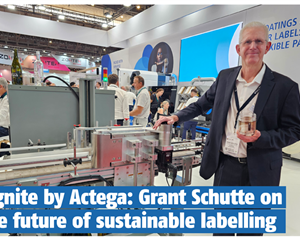
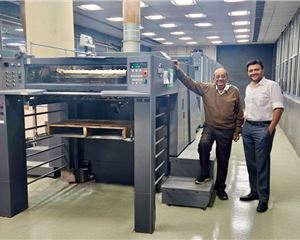
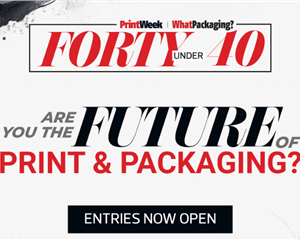
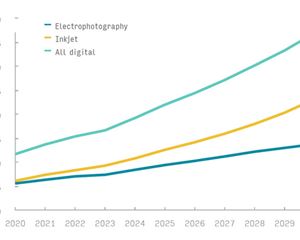
 See All
See All